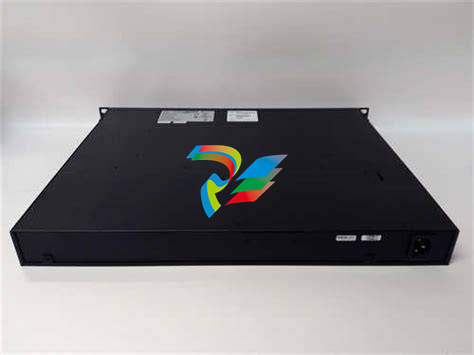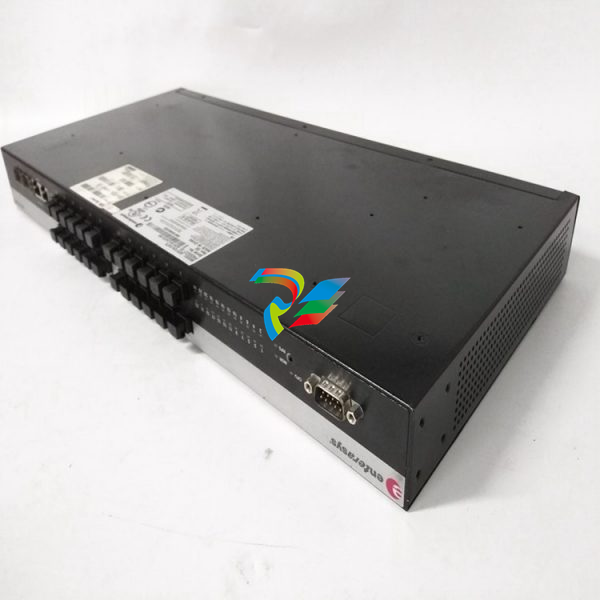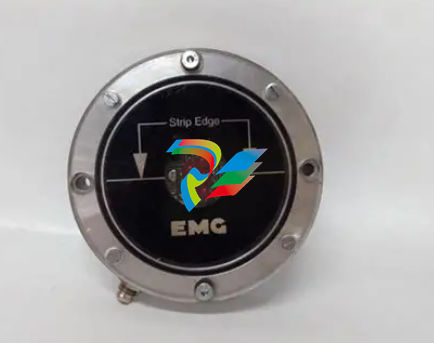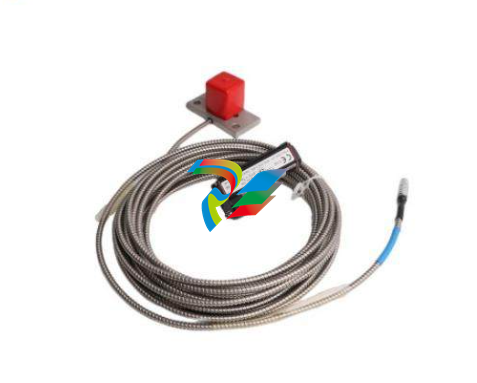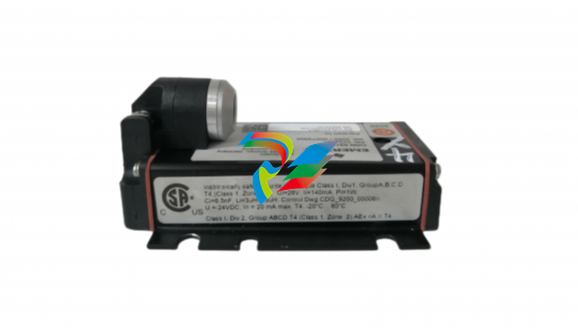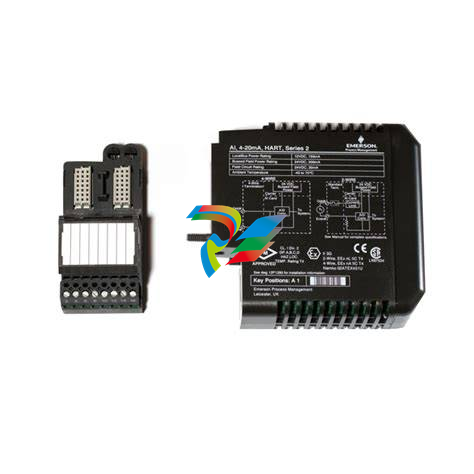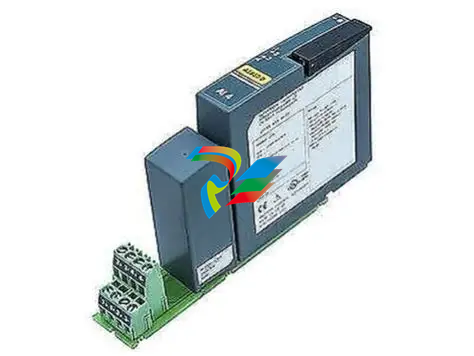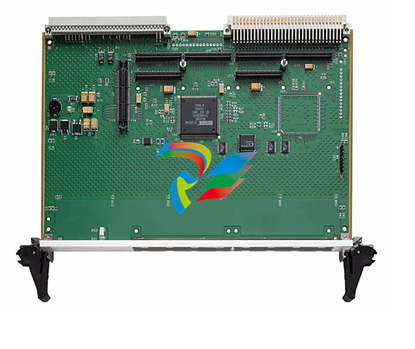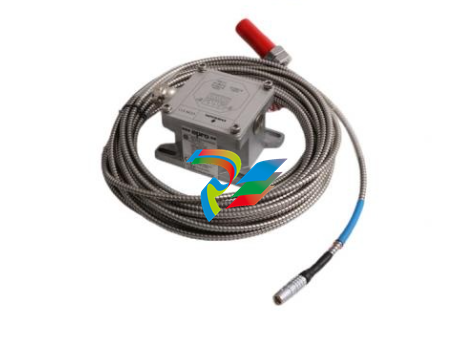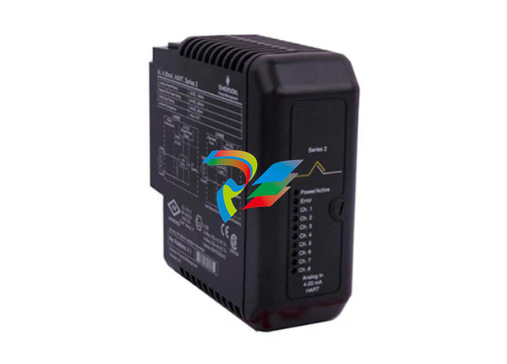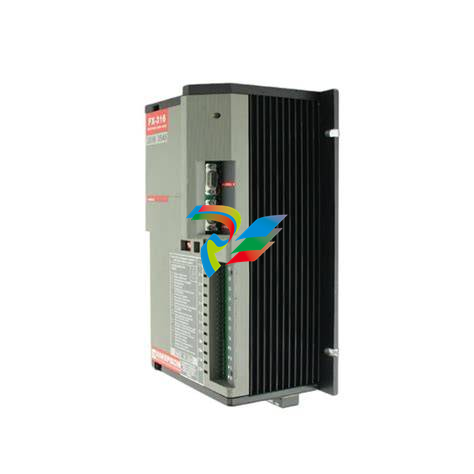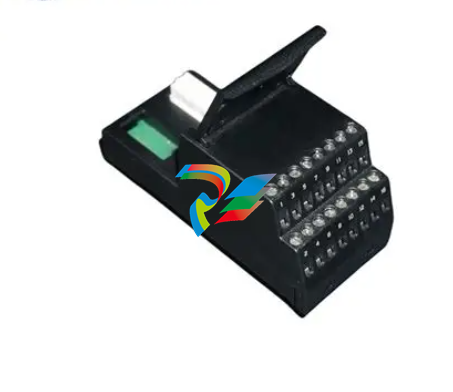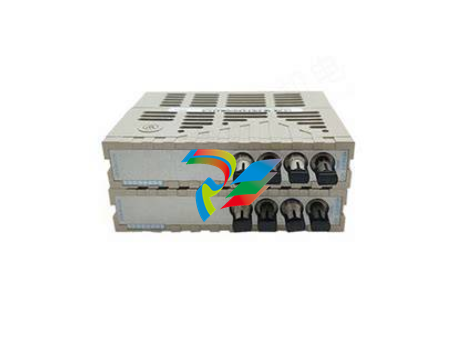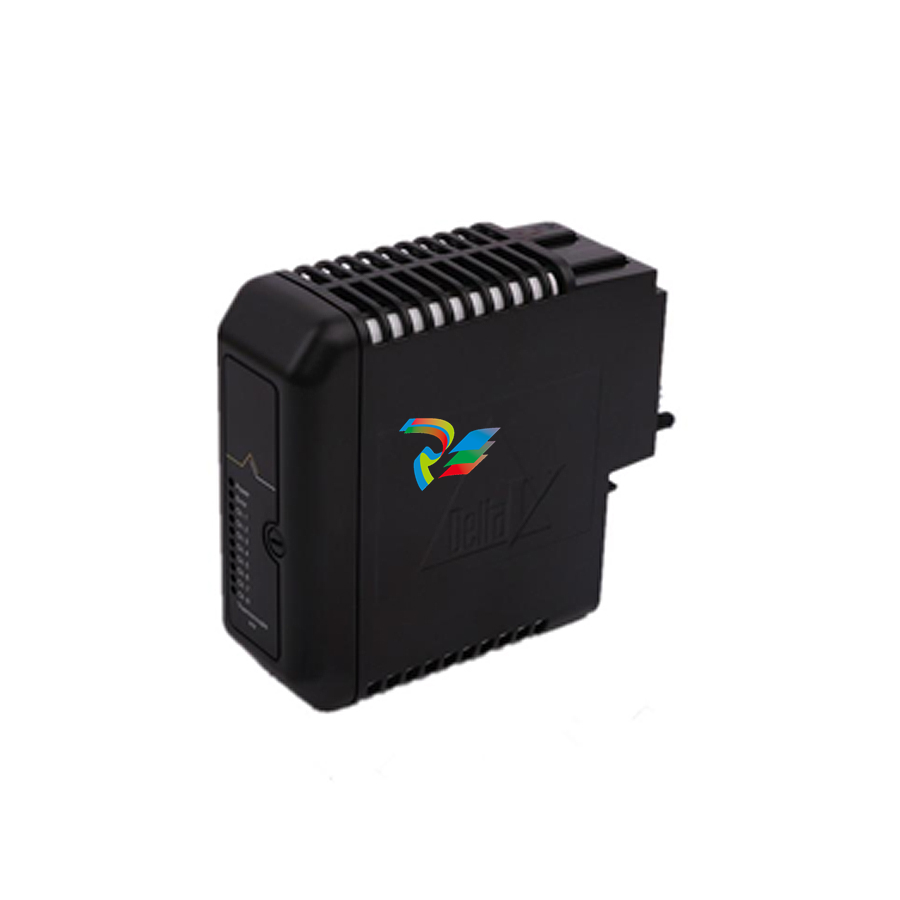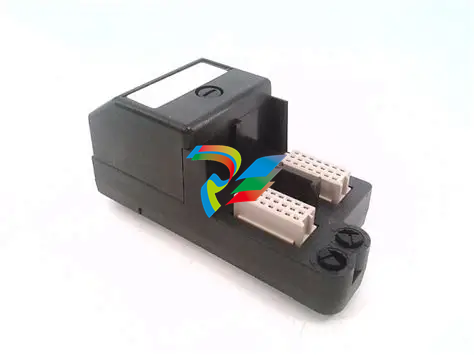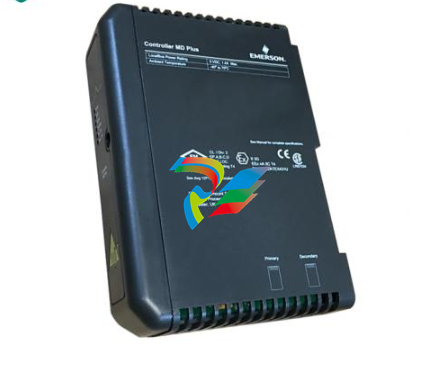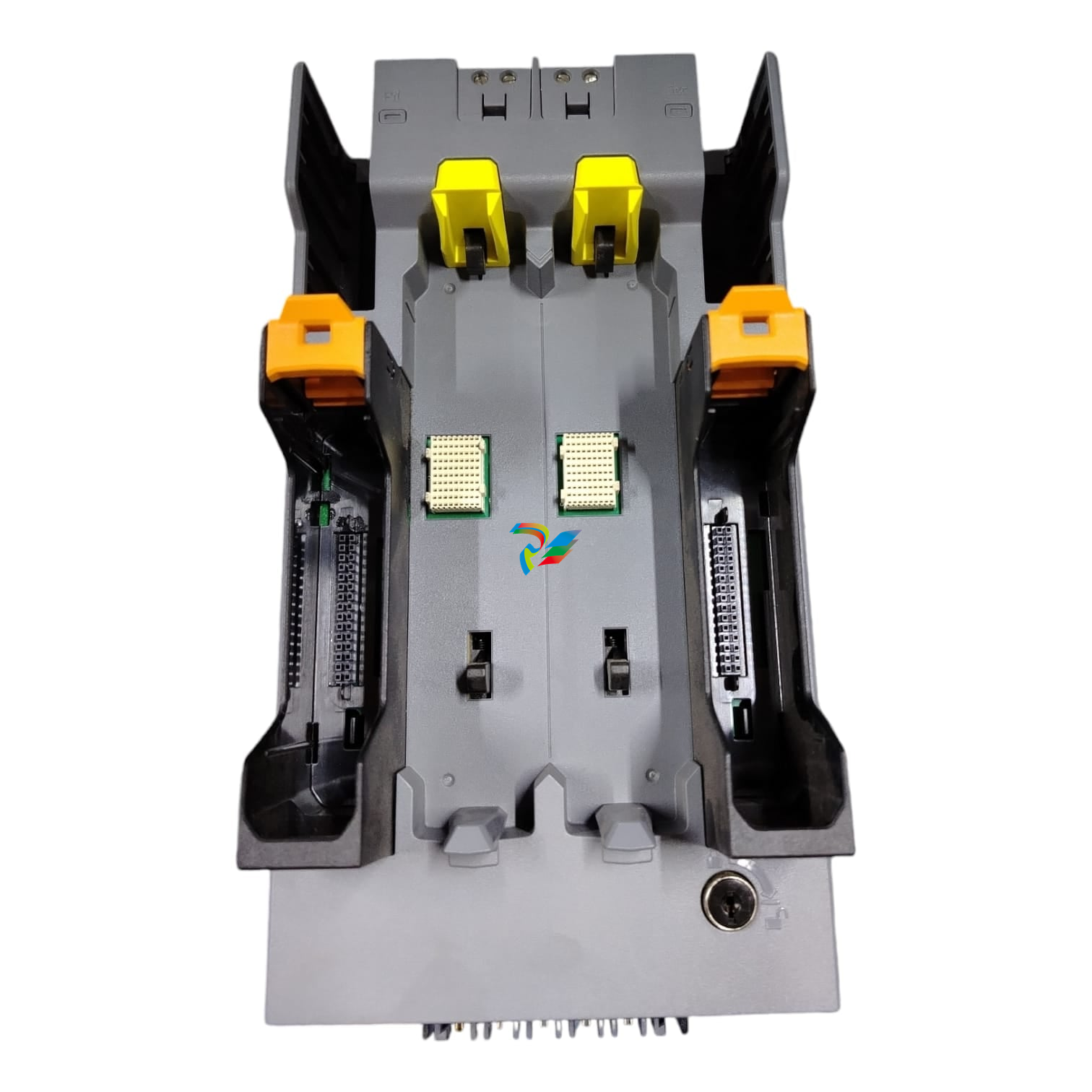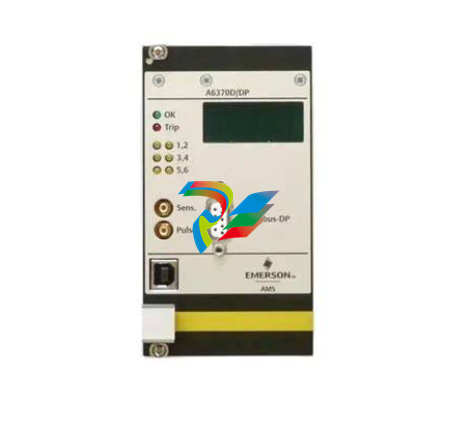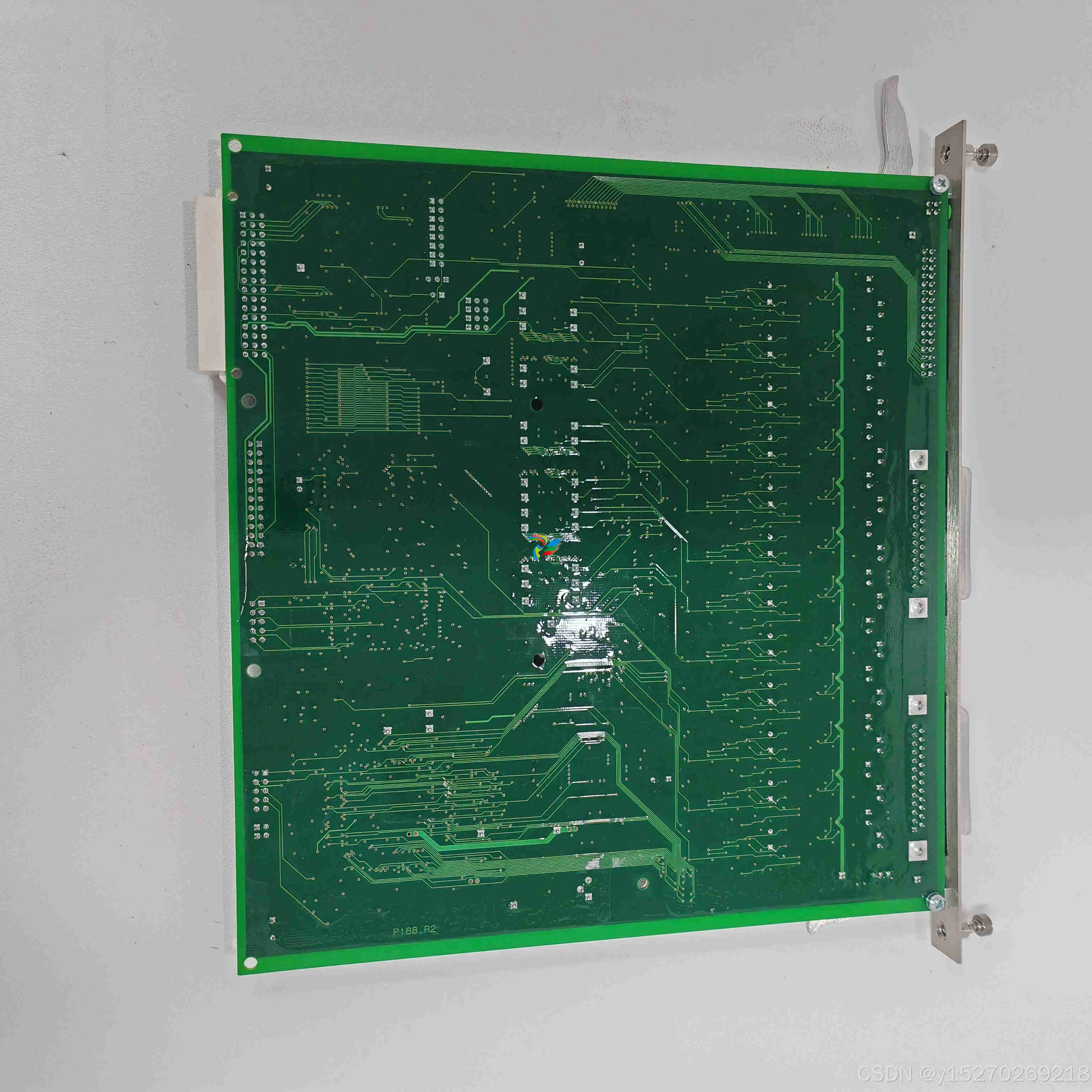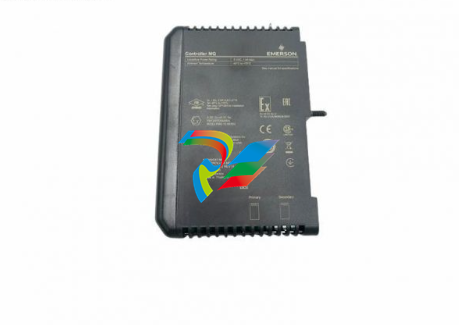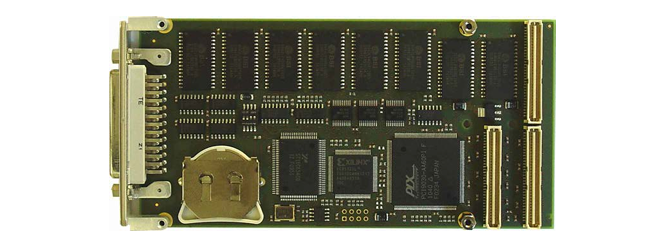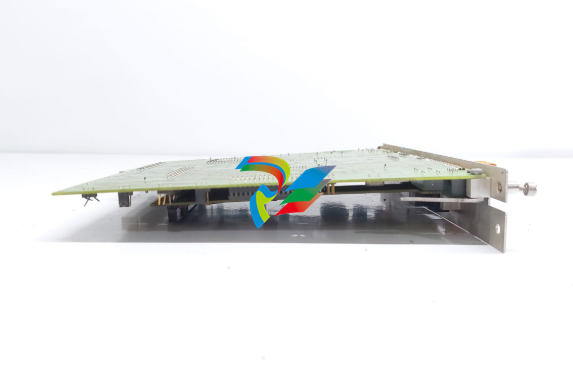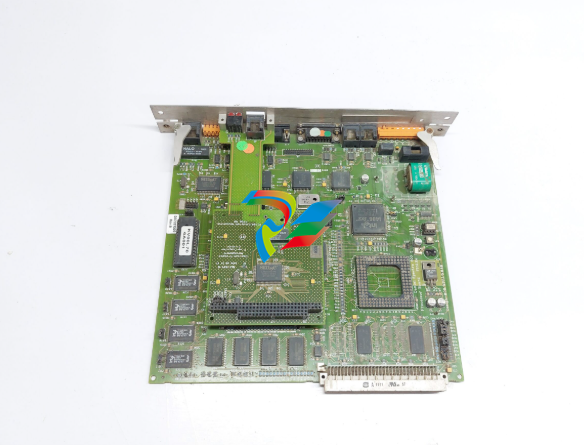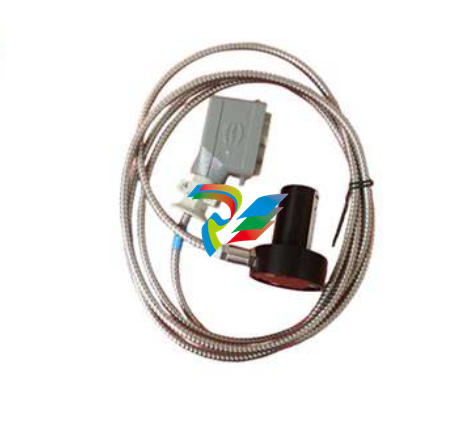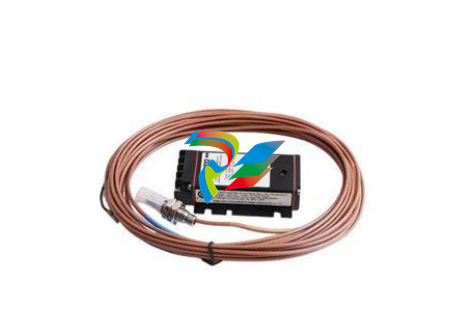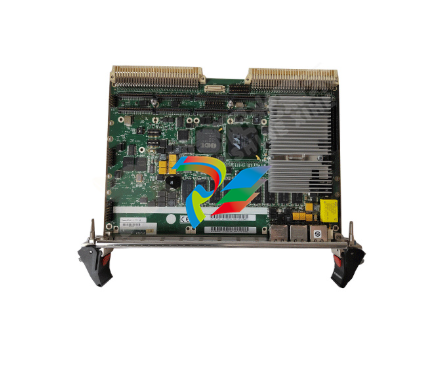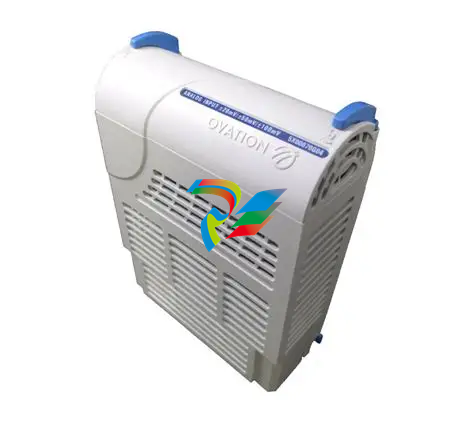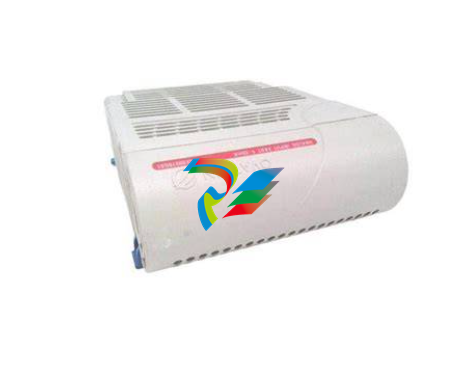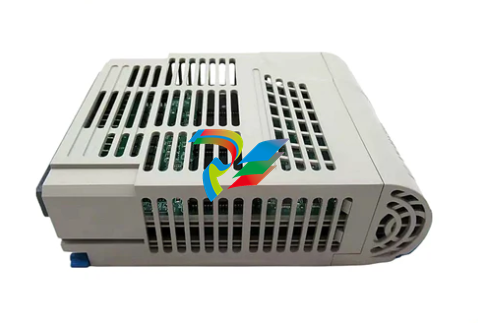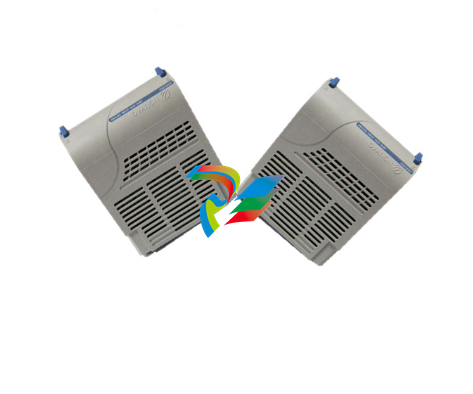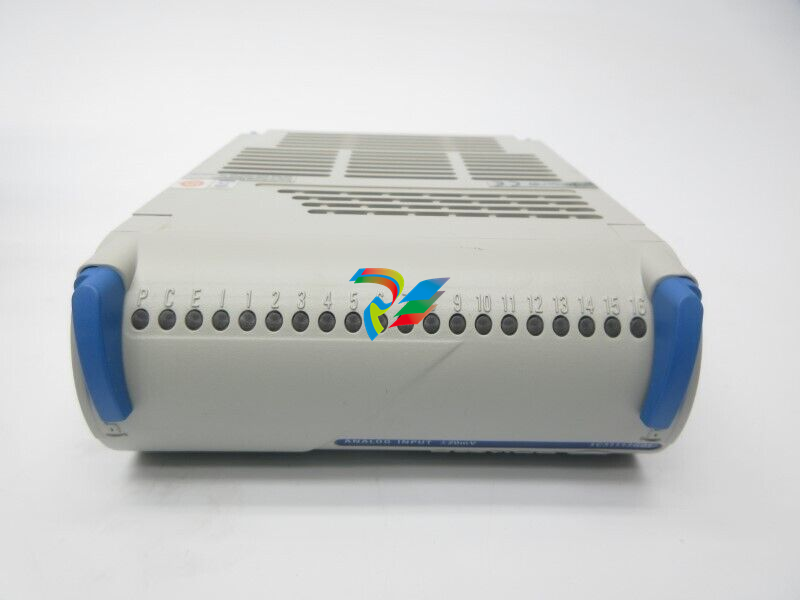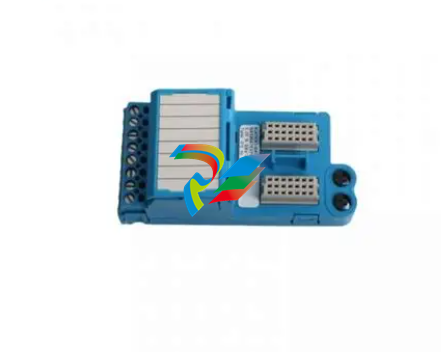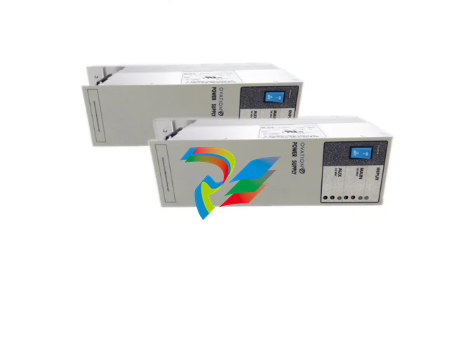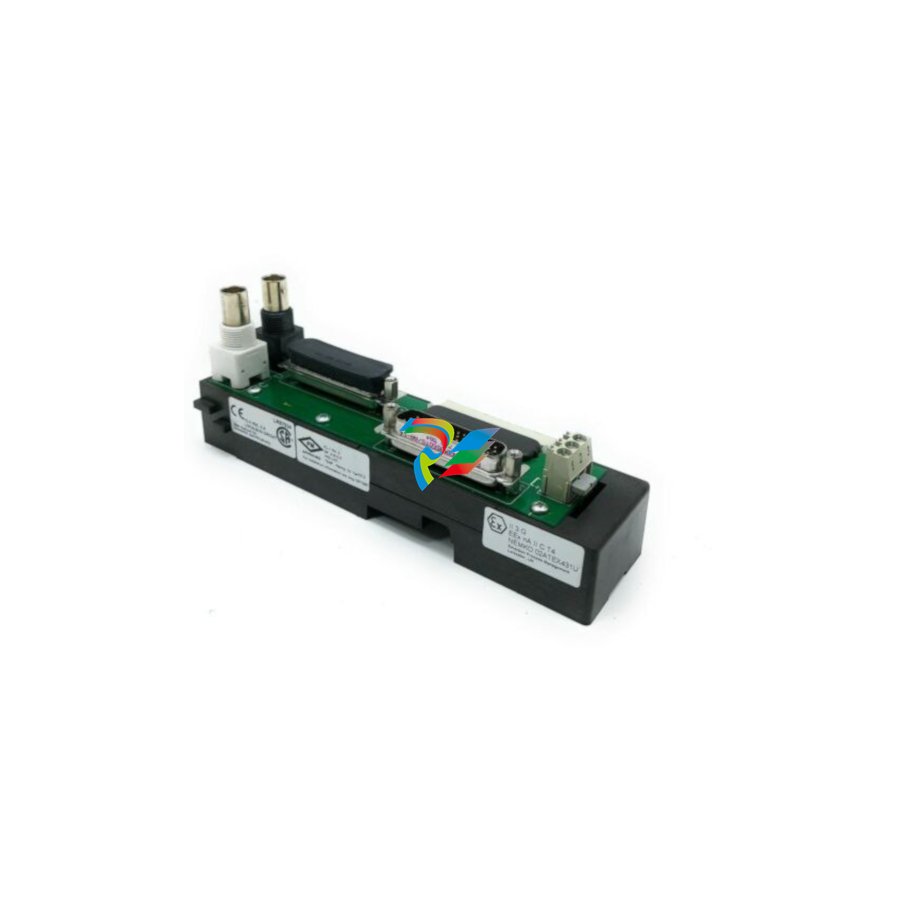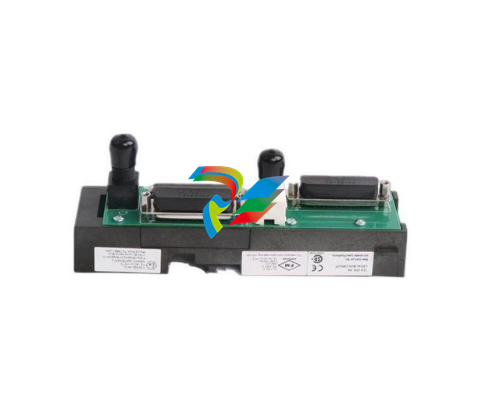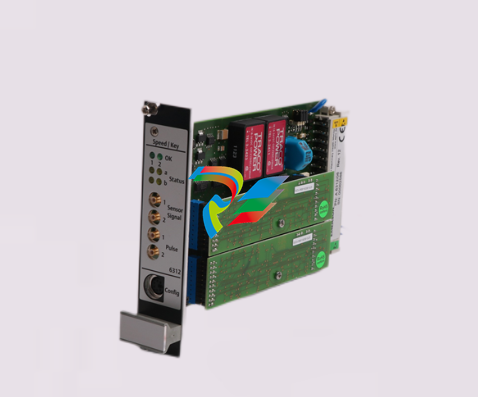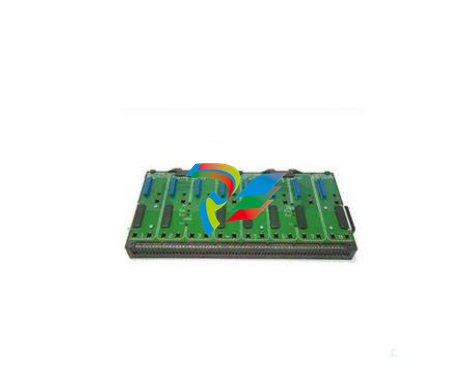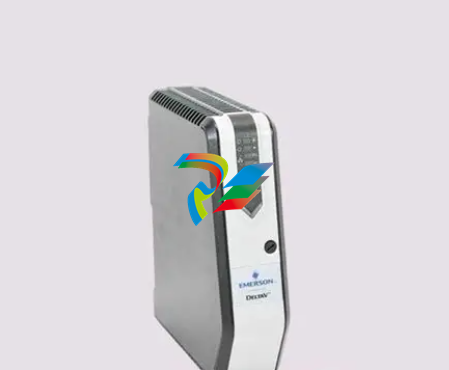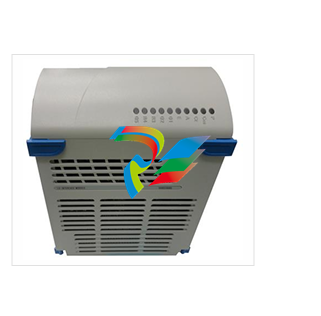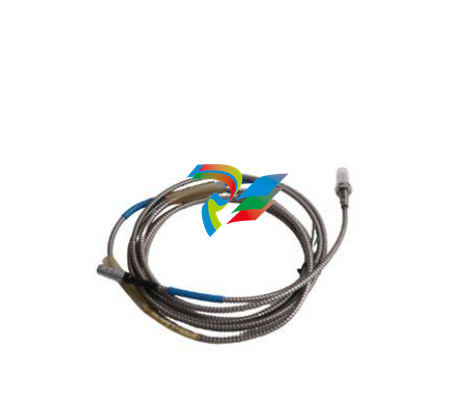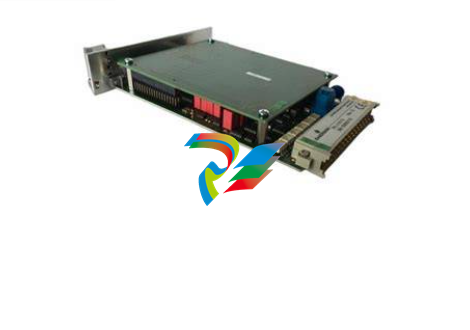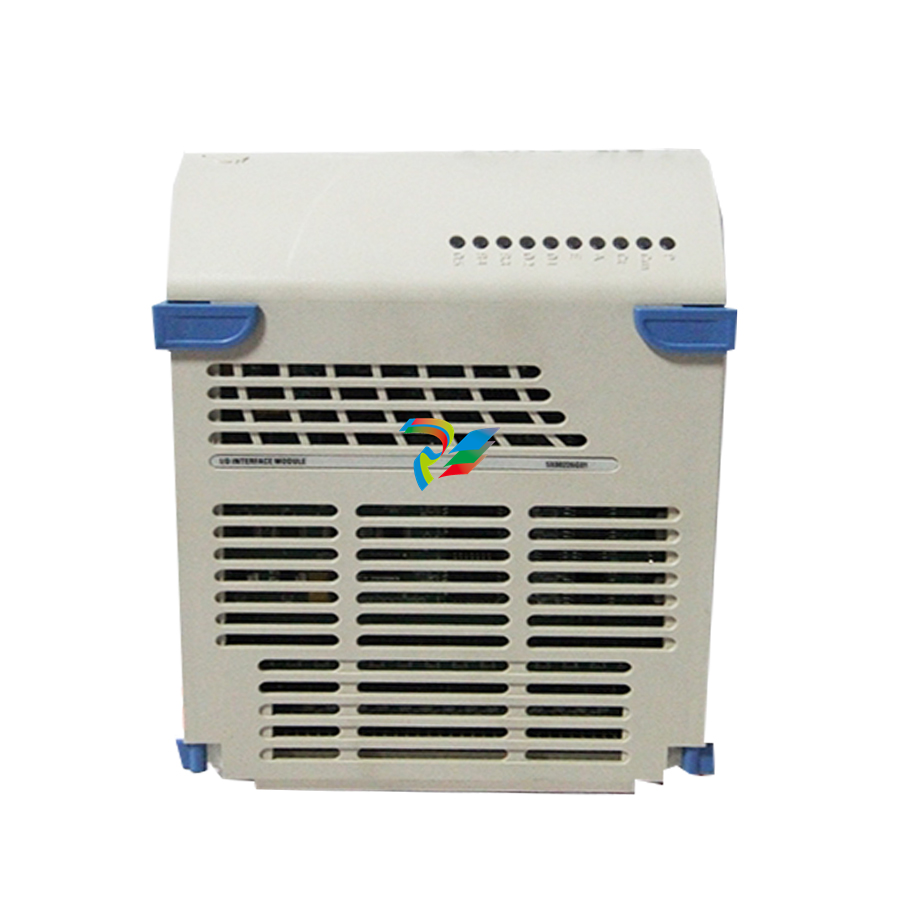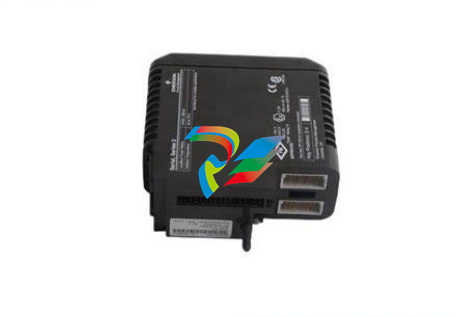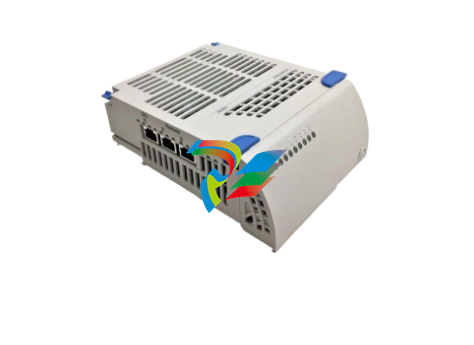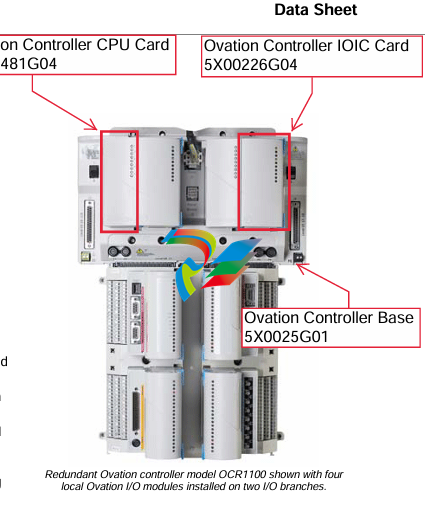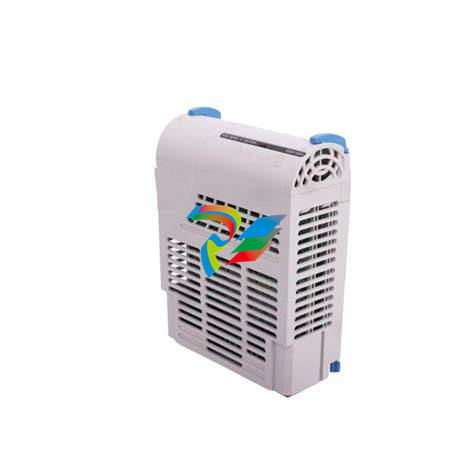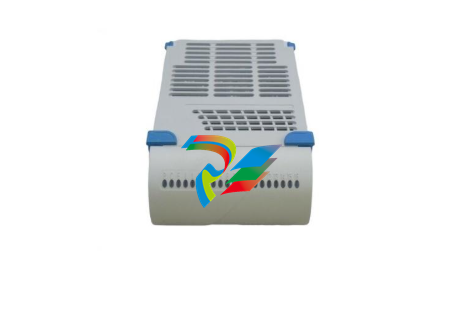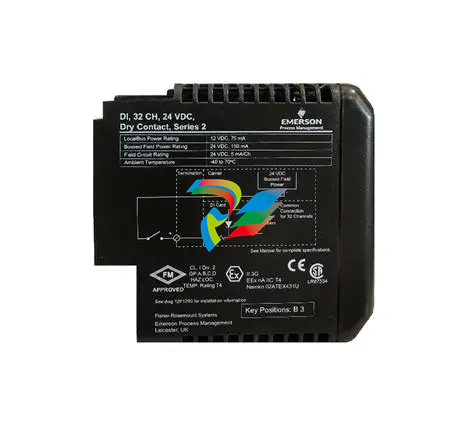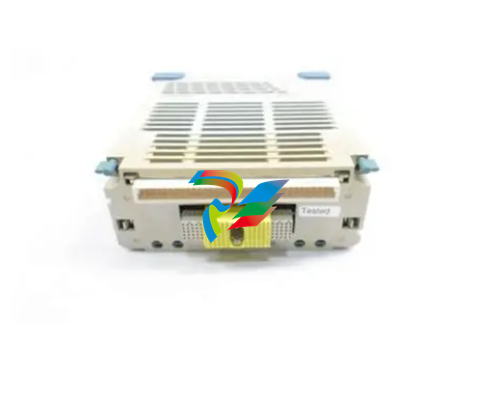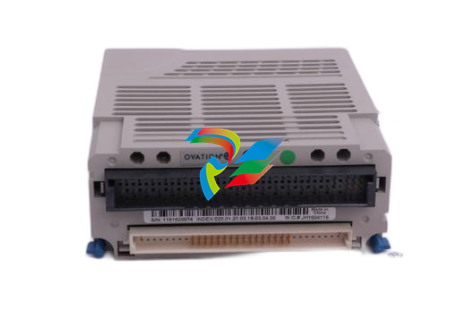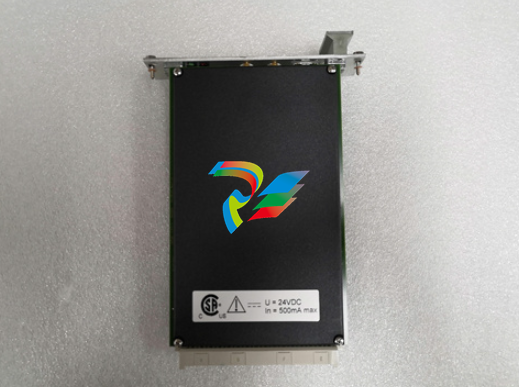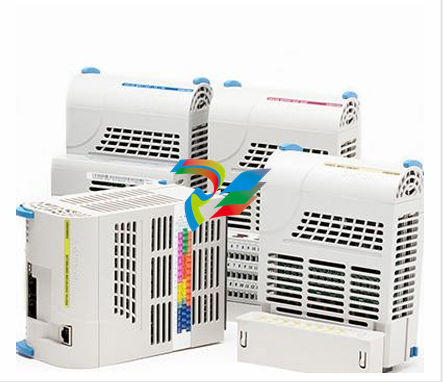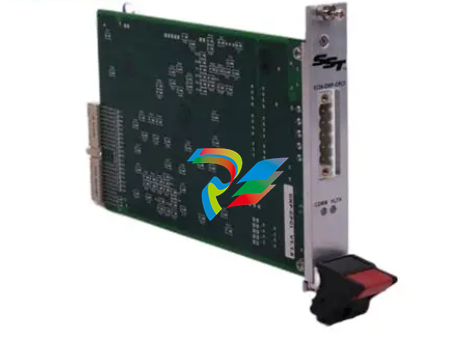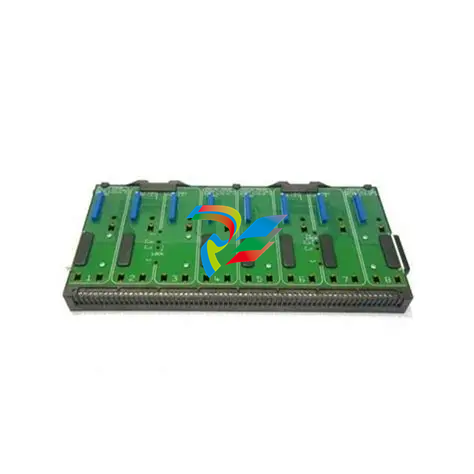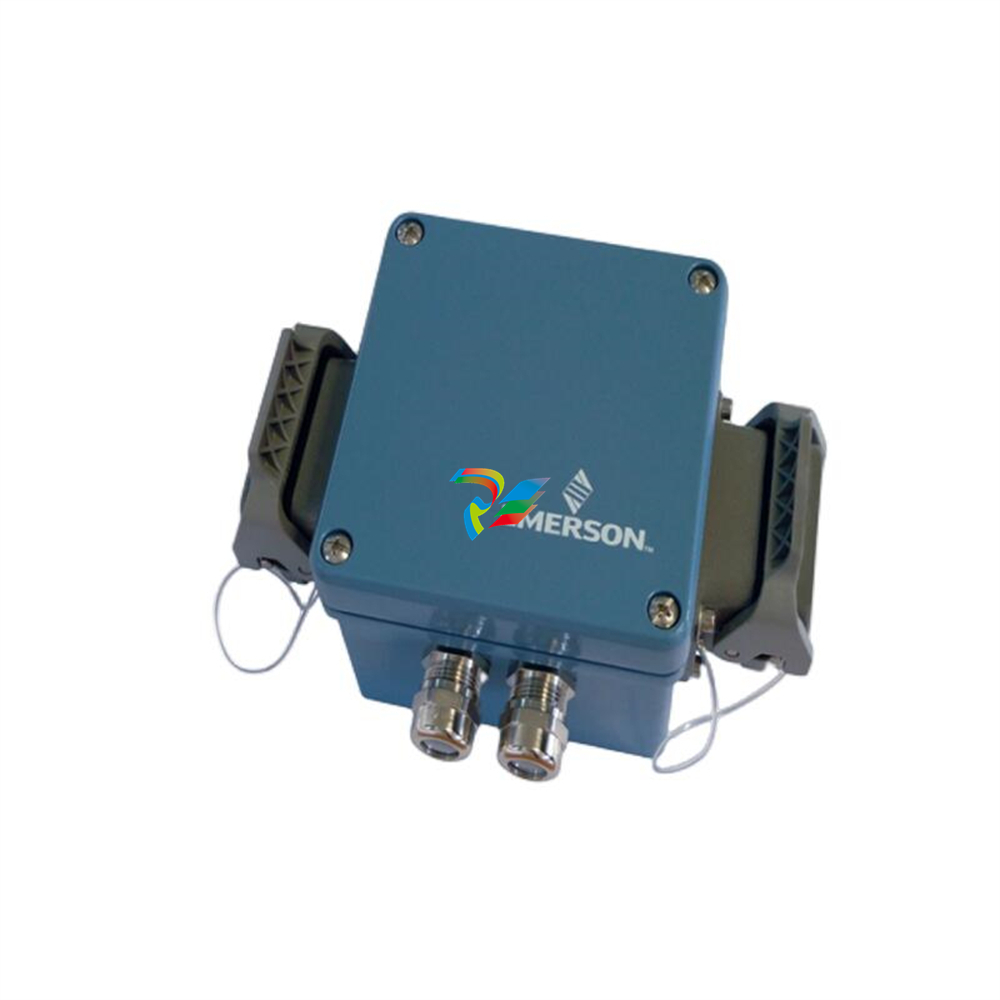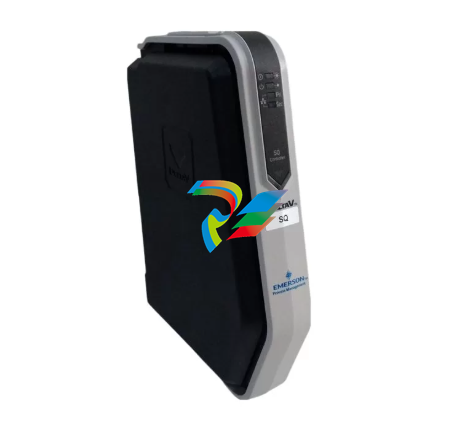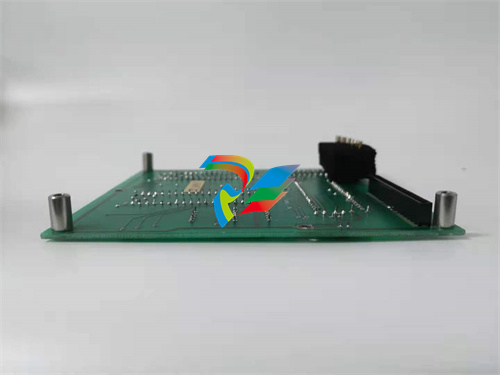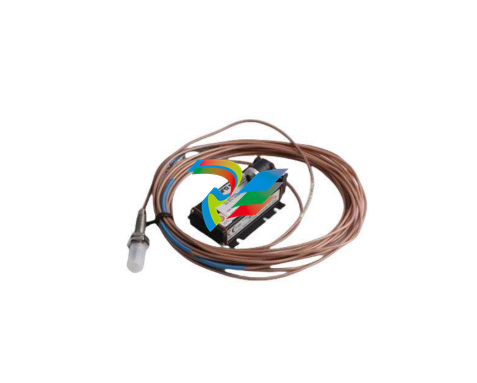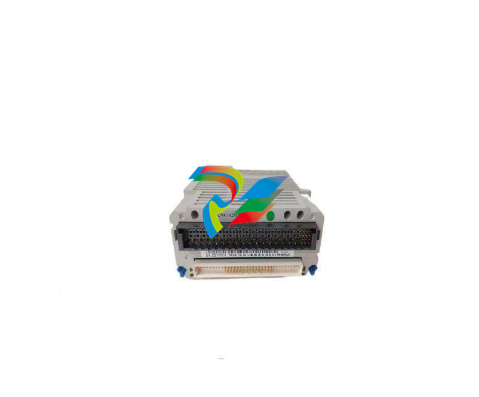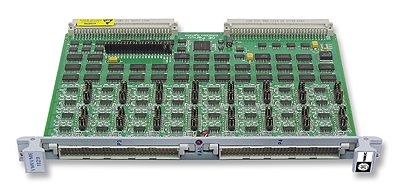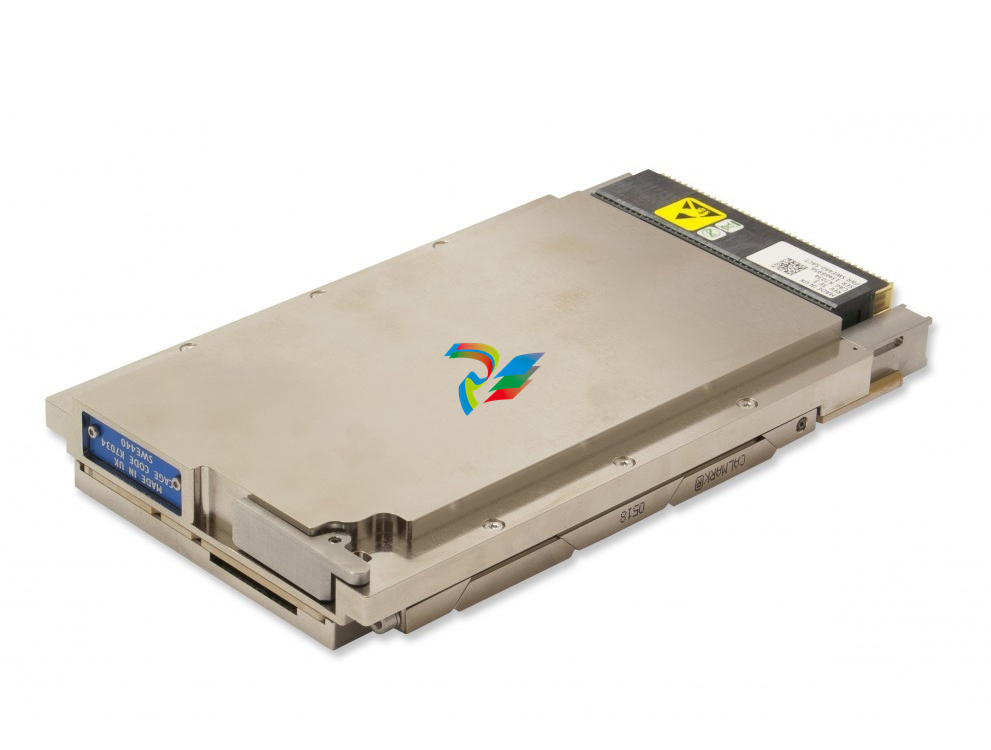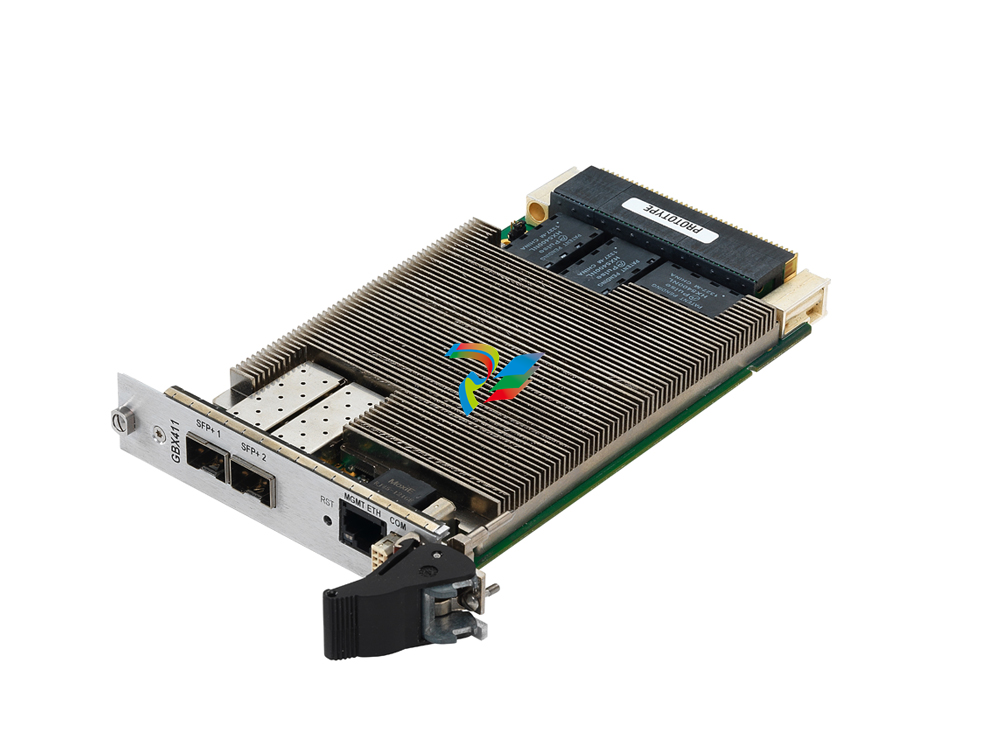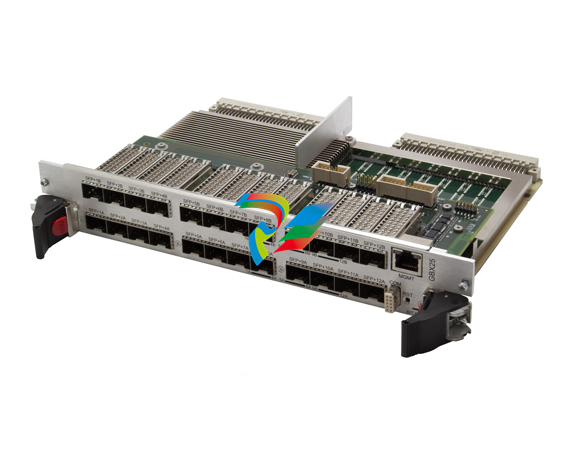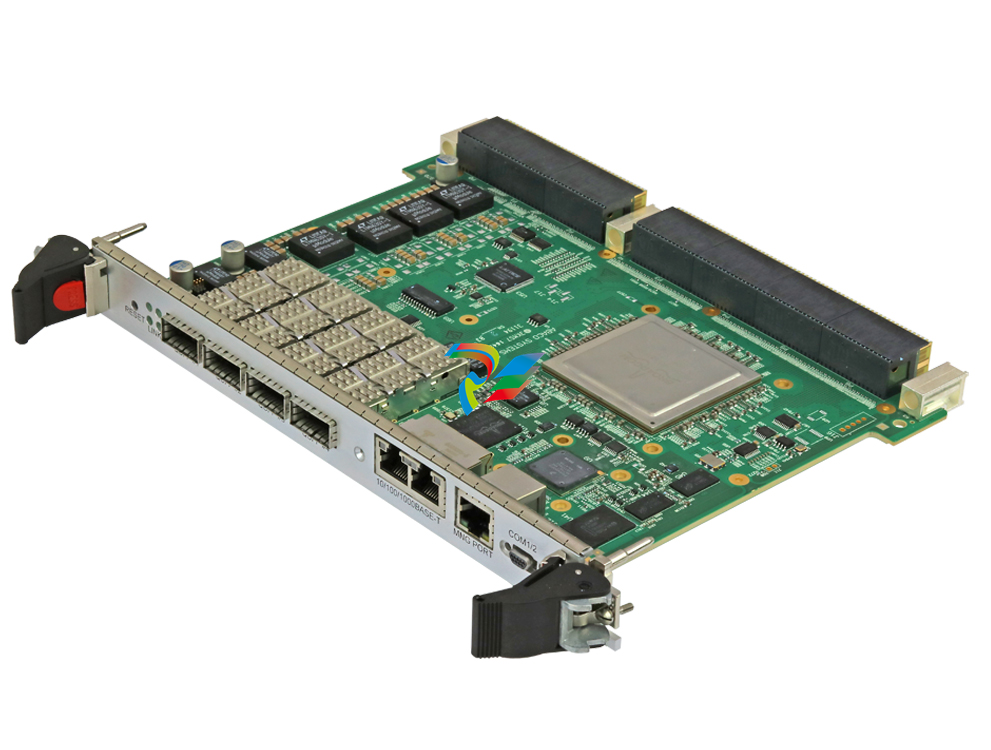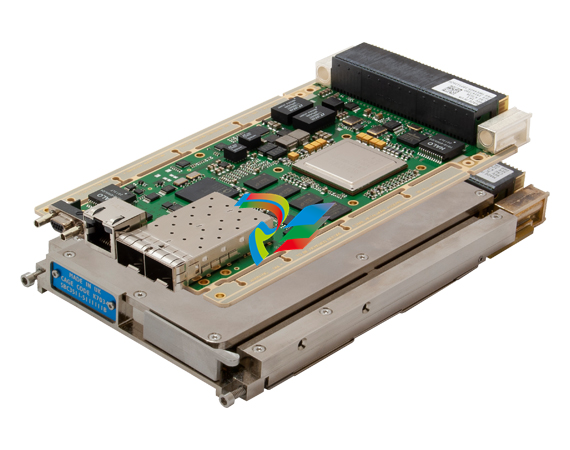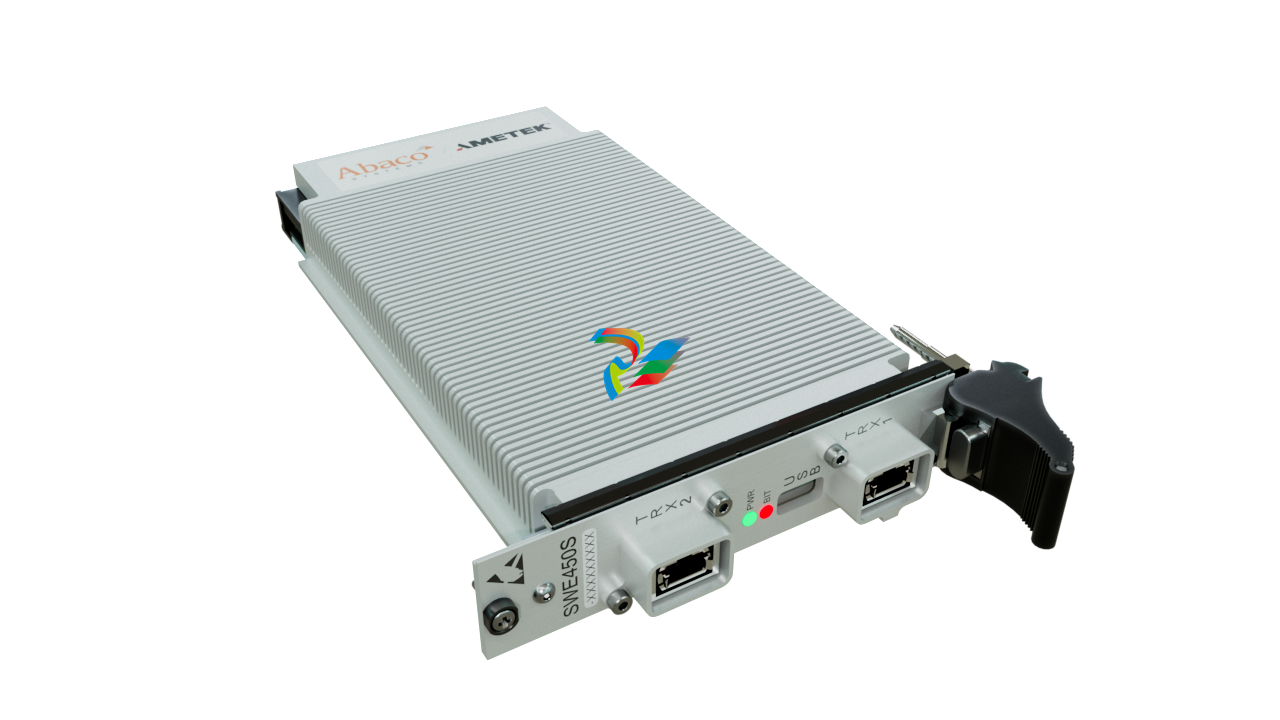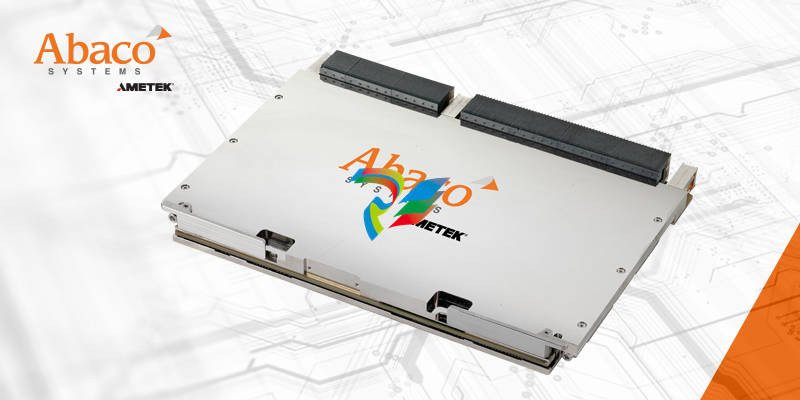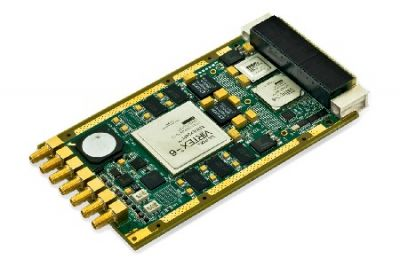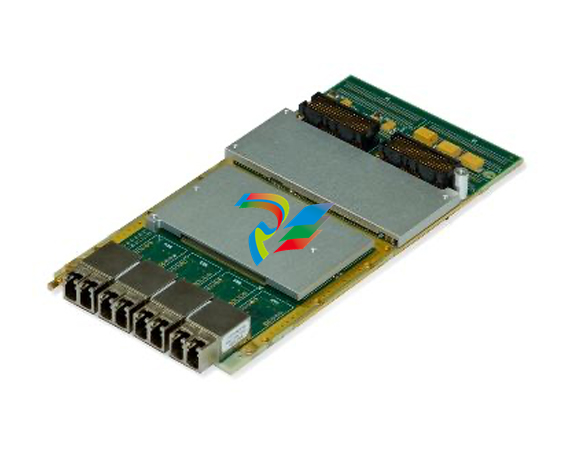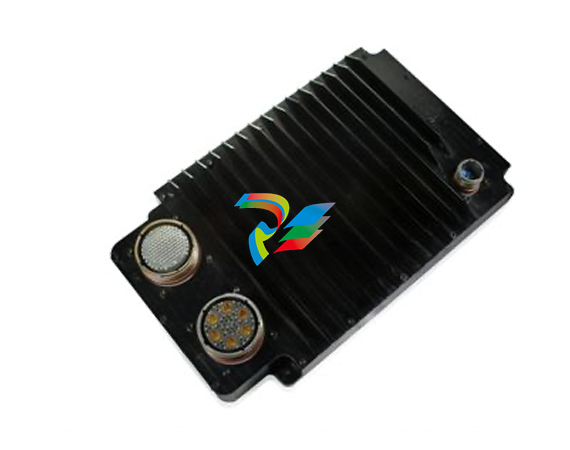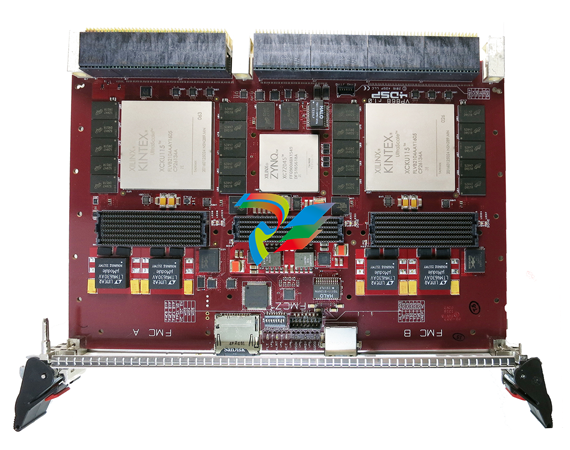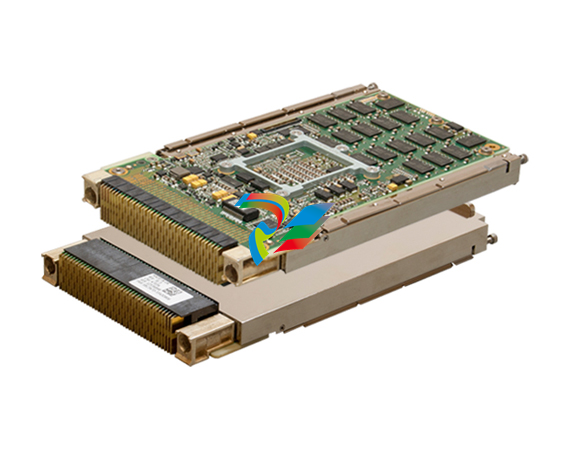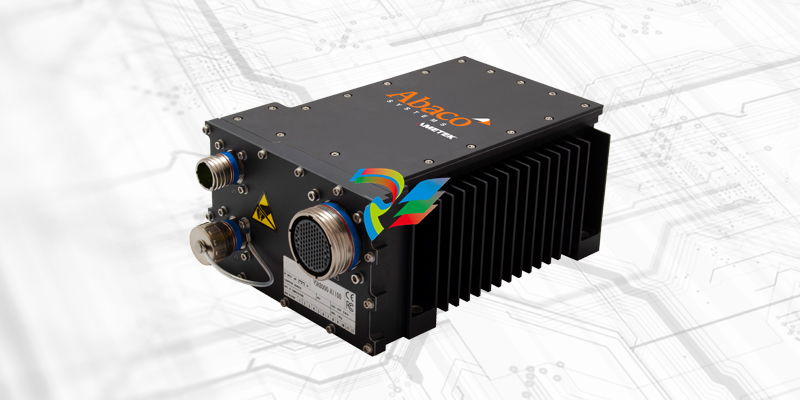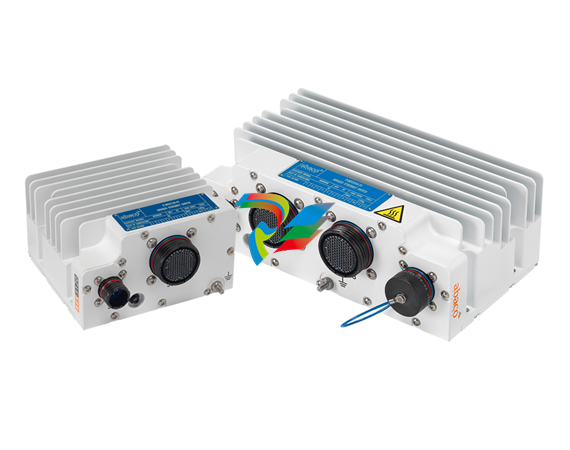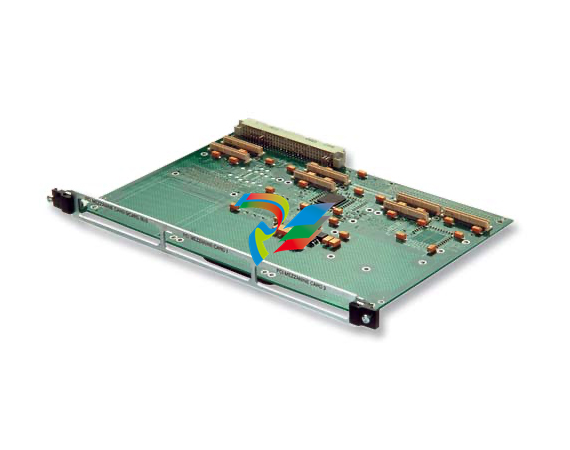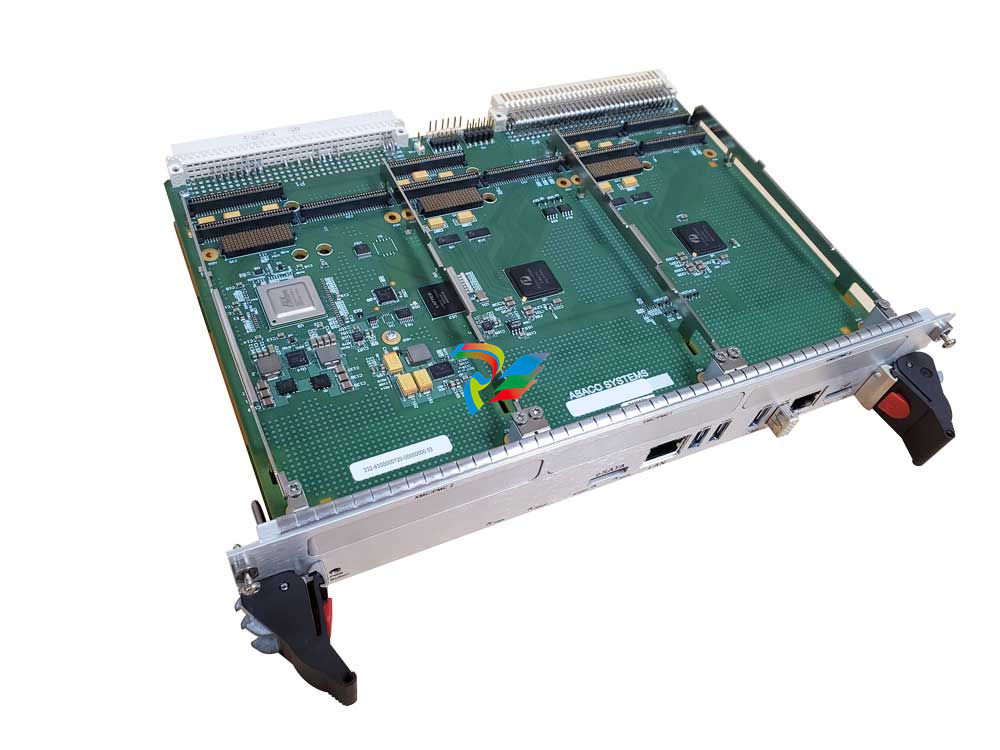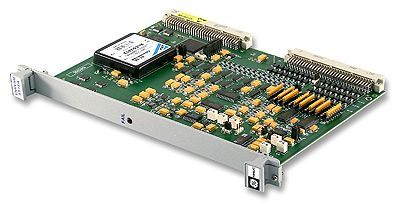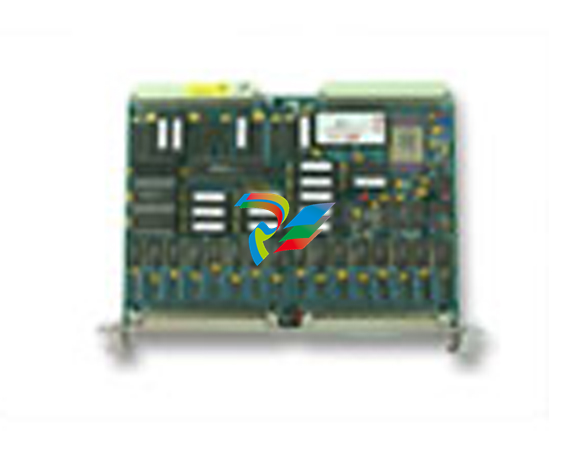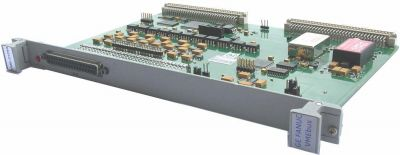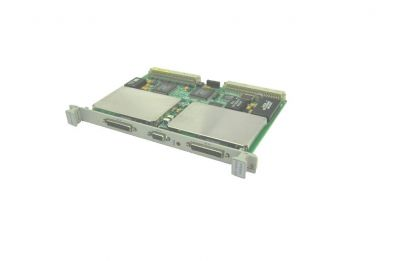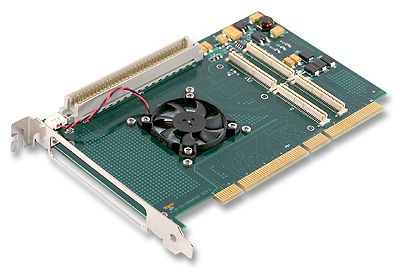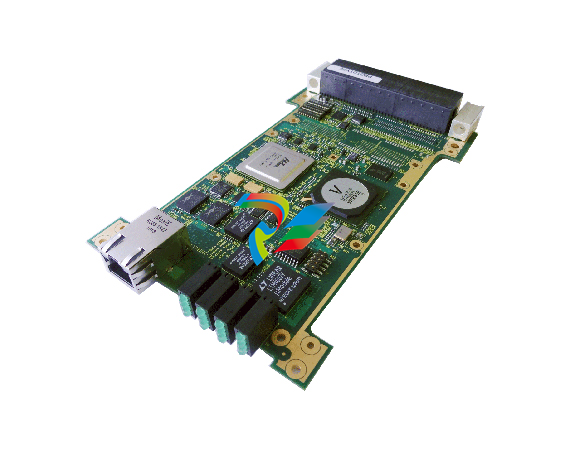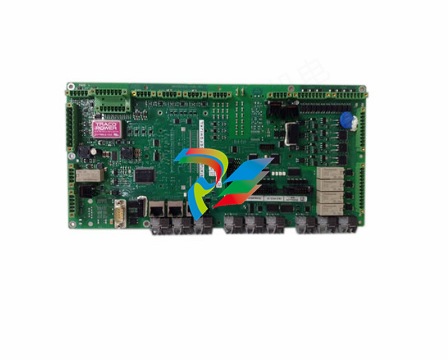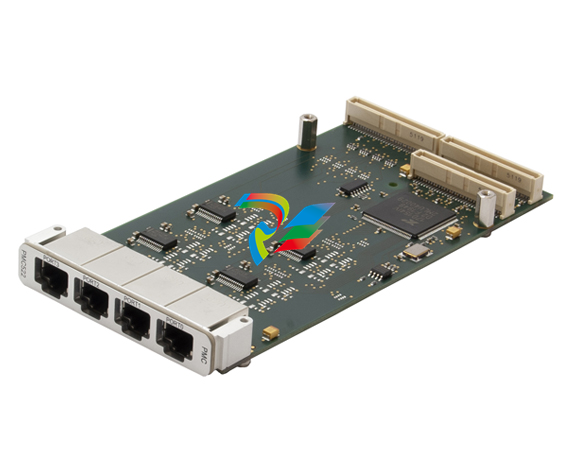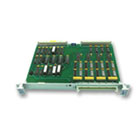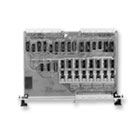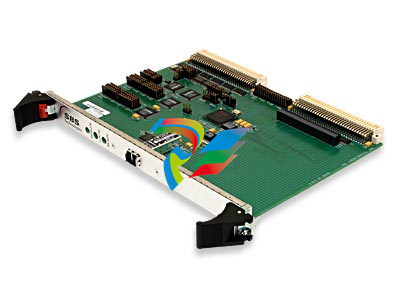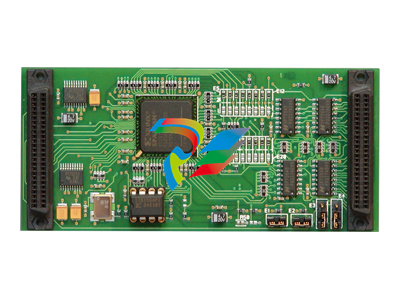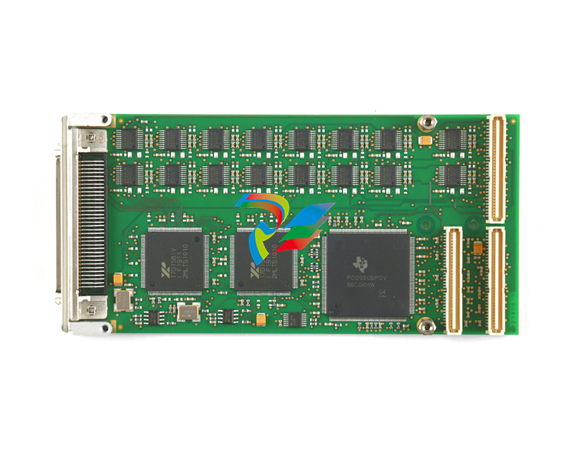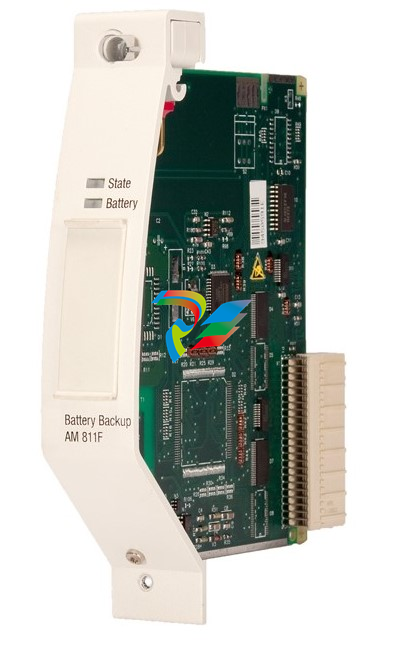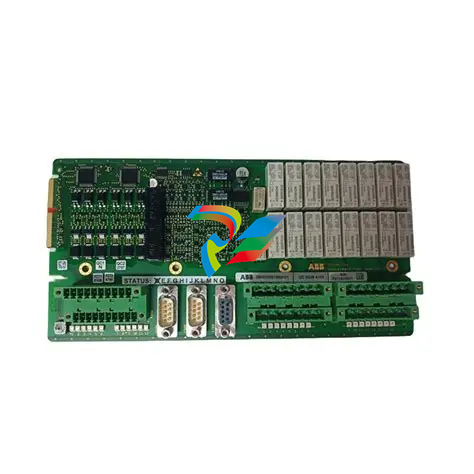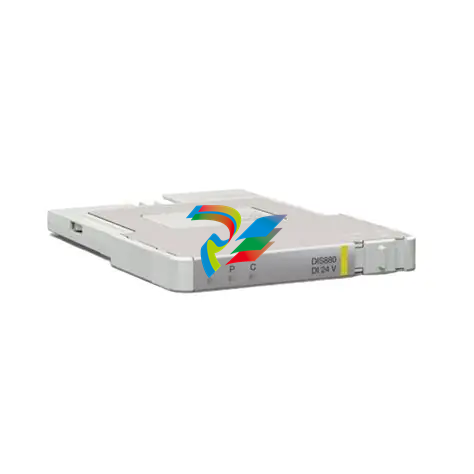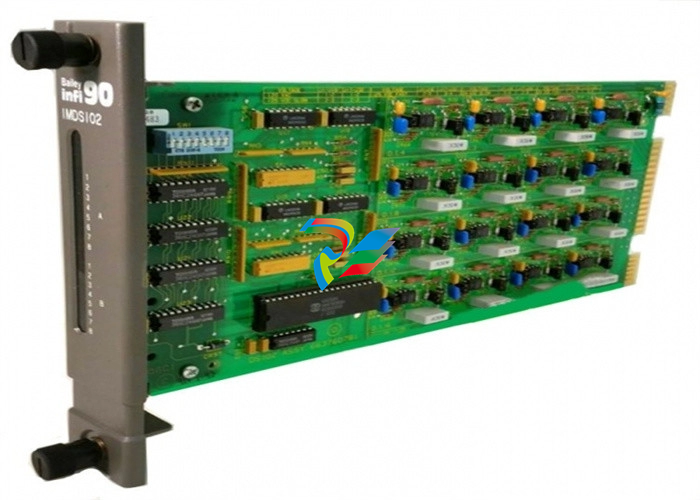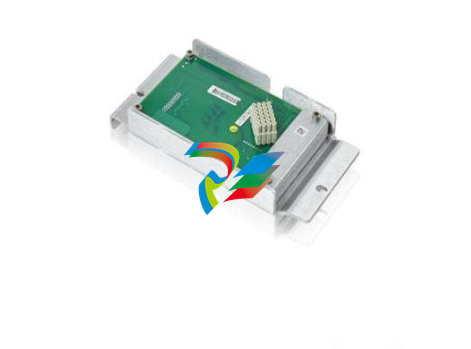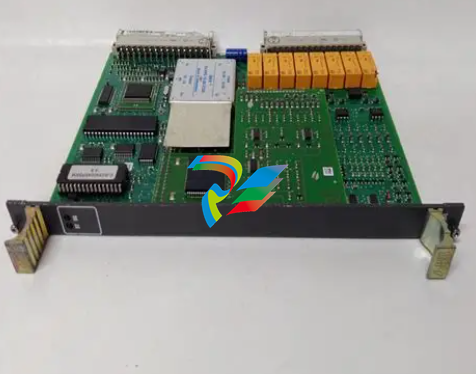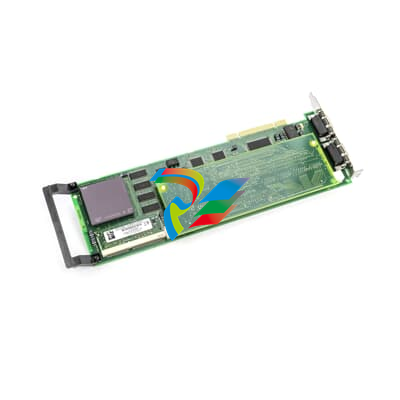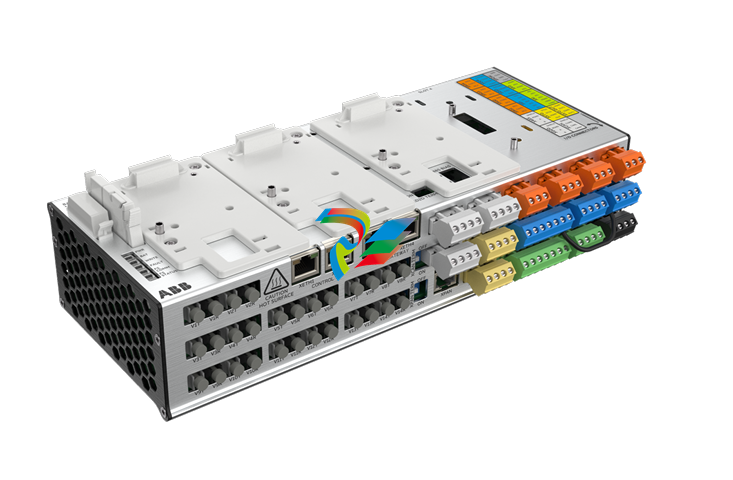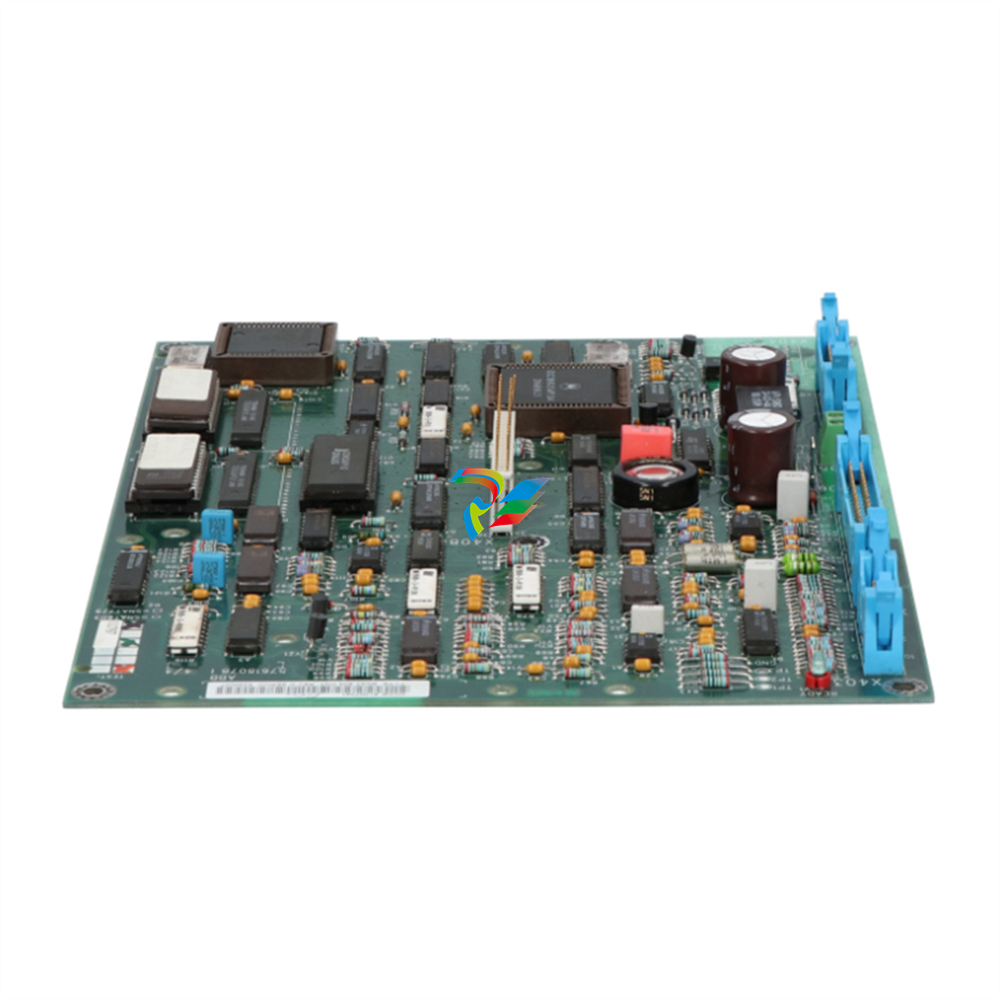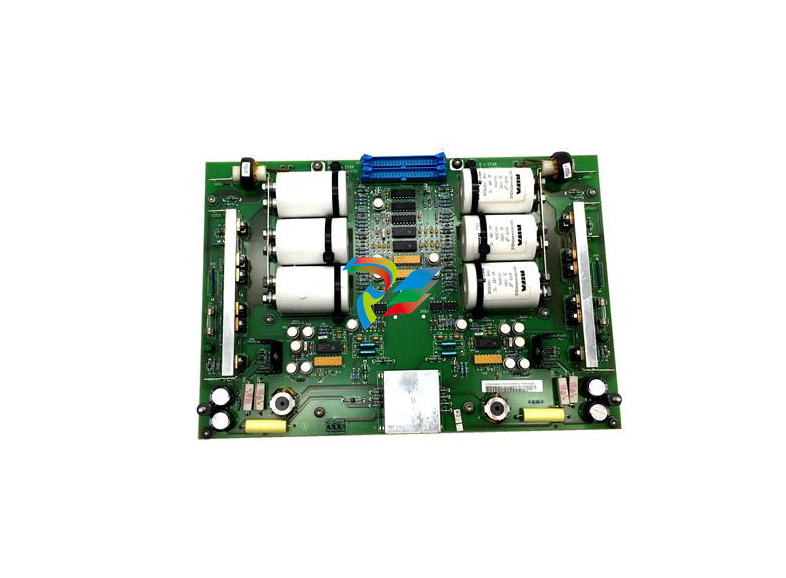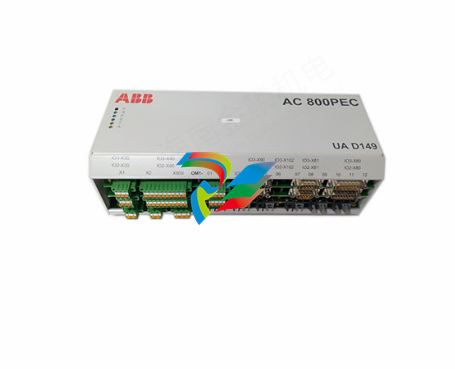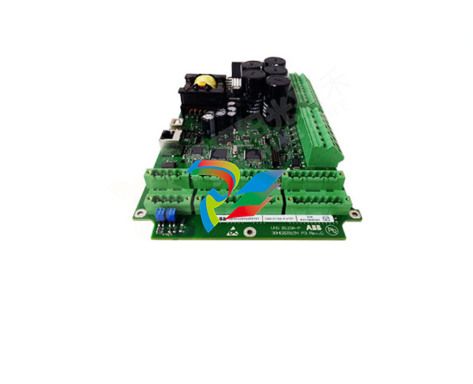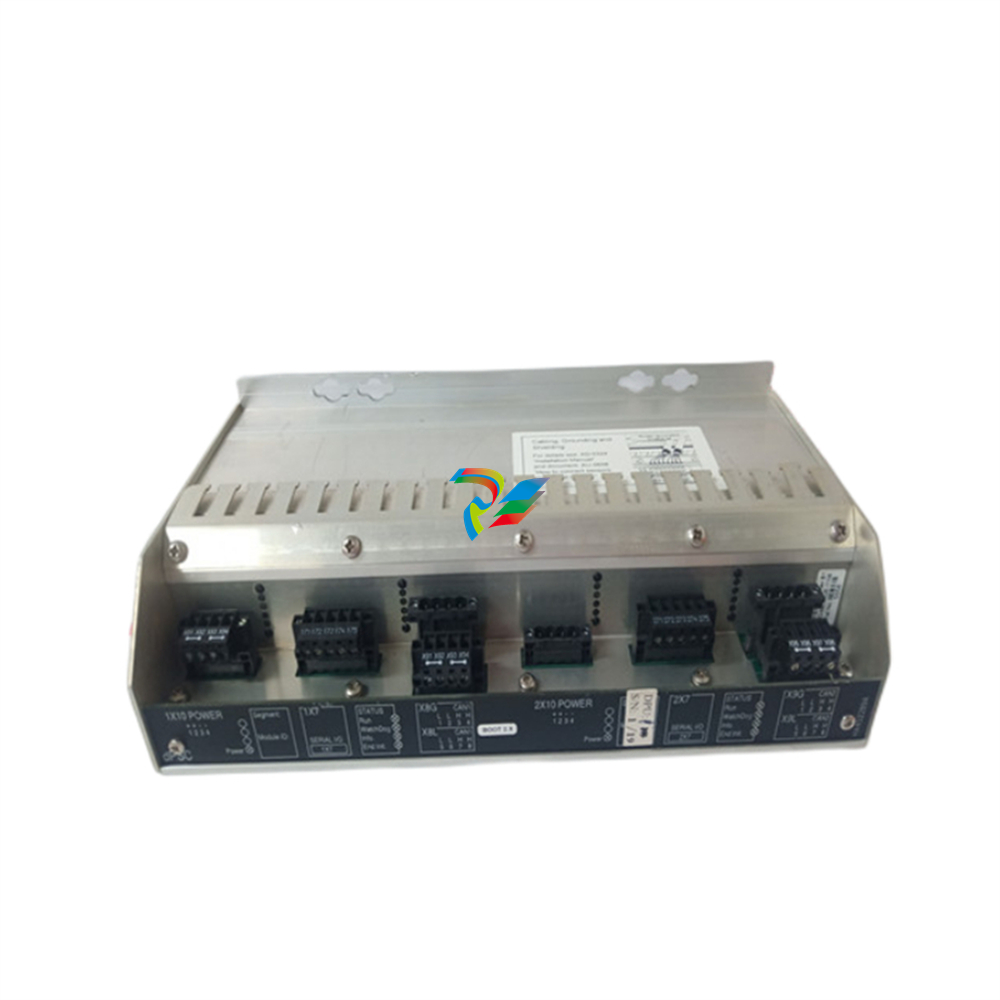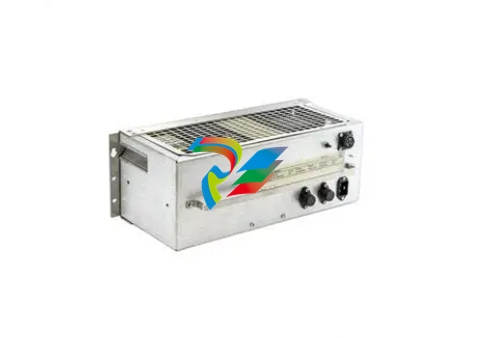
ABB Procontic CS 31 Intelligent decentralized automation system
This technical documentation supplied in a loose-leaf file can be easily up-dated.
In order to be registered in our revision and up-dating service, the enclosed Original Registration Form(1) should be
filled-in and addressed to your local ABB contact engineer.
The supplements contain either new sections of the documentation or replacement pages for existing sections.
Instructions for these supplements are enclosed in the corresponding parcel.
All rights reserved to change design, size, weight of the equipment described in our documentation.
Dear Sirs,
I want to keep my technical documentation updated, which is why I would like to
have my name to your list for distribution of revised documentation. The returned
original reply card contains all relevant information.
I am interested in detailled information about modifications on existing devices as
well as technical details of novel devices forming part of the control system used in
my installation.
ABB CS31
Intelligent decentralized
automation system
General
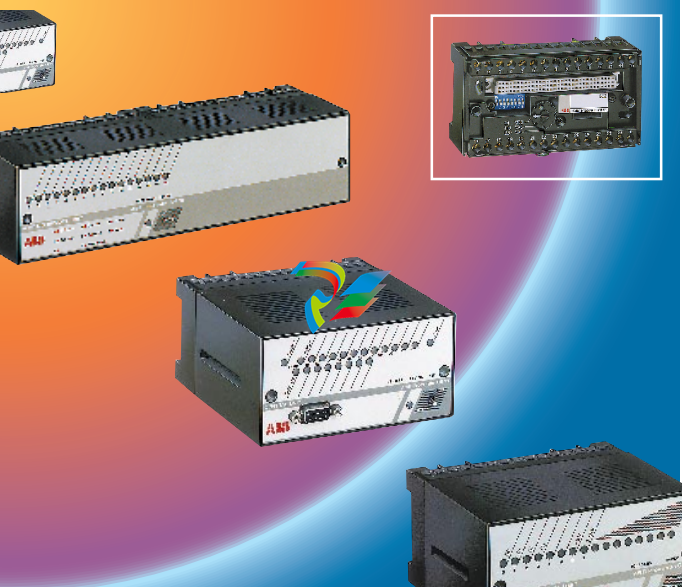
Machines and plant equipment, for
reasons of competitiveness are becoming even more
complex, the amount of information required from sensors
and actuating devices is constantly expanding, causing
heavier implementation and higher wiring costs.
The ABB Procontic CS 31 is designed to simplify
implementation and wiring.
The CS 31 is a decentralized automation system.
The system is ideally suited to applications where
modularity and cost reduction are key factors.
The CS 31 system comprises of the following :
– a central unit, enclosed within a compact case which
can be screw or DIN rail mounted,
– remote input/output plug-in units, wich are easily
removeable. The plug-in base can be screw or DIN
rail mounted,
– a simple twisted pair wire arrangement (RS 485),
which is utilized for connection of the central unit to
the I/O units.
The decentralized architecture of the ABB
Procontic CS 31 system offers a superior solution to
control system requirements:
– The central unit can be mounted within the control
panel.
– The input/output units can be mounted local to the
sensors and actuators.
As an example the central unit may be connected to
remote units distributed along a process line.
A cost reduction in wiring is possible upto 80% with the
implementation of the CS 31 system.
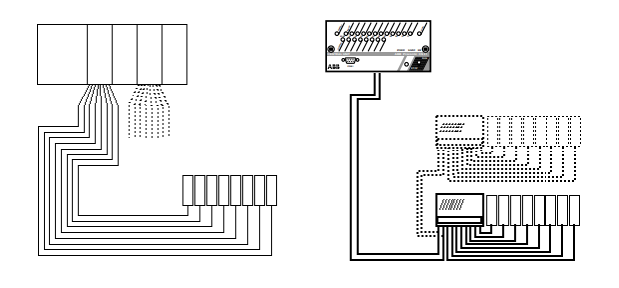
2.1 CS 31 benefits
– decentralized architecture as opposed to centralized
system,
– reduction of wiring costs (design, materials and
commissioning time),
– configurable input/output units,
– extensive diagnosis functions,
– freely expandable network. Additional units can be
connected whilst the installation is operational,
– simple transparent programming. All remote I/O channels
are handled as though they were centralized,
– remote I/O facility is integral feature and not an additional
unit,
– programmable serial communications (RS 232)
connection to modem, printer, operator display etc...
2.2 Modular system
The comprehensive range of units enhances the modularity
of the system.
For example :
The low profile 16 channel user configurable input/output
unit can be mounted on the control panel door, with inputs
and outputs connected to pushbuttons and pilot lamps.
2.3 Versatile range
The CS 31 is based upon two types of central units,
07 KR 91, 07 KT 92/07 KT 93 and 07 KR 31/07 KT 31.
The system can be configured to comply with most control
system requirements (See previous configuration
examples).
● 07 KR 91, 07 KT 92/07 KT 93 is designed for complex
applications with an higher level of functionality (Data
manipulation, PID regulation, etc...).
● 07 KR 31/07 KT 31 incorporates all of the functions
required for smaller decentralized applications, thus
providing an excellent Price/Performance ratio.
2.4 Diagnosis
The CS 31 system incorporates extensive diagnosis
functions.
All of the remote units contain a microprocessor which is
dedicated to the management of inputs/outputs and
diagnosis facilities.
The diagnosis are accessed using the "test" button on the
front of each remote unit, the results are displayed on the
I/O status led's.
The diagnosis results can be incorporated with the user
program thus enabling effective fault management.
2.5 Use of the CS 31 system
All of the remote units are easily interchangeable, even
with the process in operation, as they are plug-in base
mounted.
The screw terminals of the plug-in bases are used for
connection to the process inputs and outputs.
Bases are screw or DIN rail mounted.
The DIL switches on the bases are used for coding the
address of units.
Any additional connected units are automatically
recognized by the central unit.
NOTE : The system may comprise of remote units of
varying supply and input voltages.
2.6 Emergency operation
A system may comprise of many central units, however
one single master and the remainders slaves.
If the bus communication is interrupted or the master unit
fails the individual slave units continue with their own
operation.
2.8 General characteristics
The CS 31 system is developped according to the international standard IEC 1131-2.
● Operating conditions
– Temperature :
● operation 0 °C ... + 55 °C 32 ... 131 °F
● storage - 40 °C ... + 75 °C - 40 ... 167 °F
● transport - 25 °C ... + 75 °C - 13 ... 167 °F
